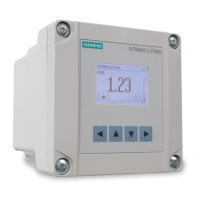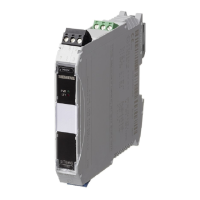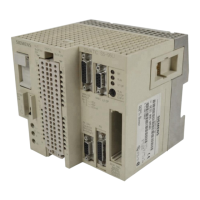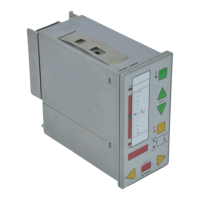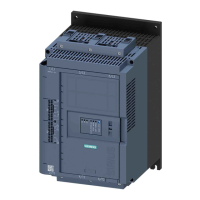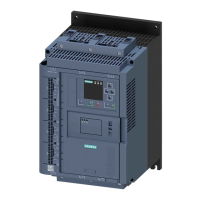SITRANS LUT400
292 Operating Instructions, 07/2019, A5E33329501-AC
The device characterizes all echoes that rise above the TVT as potential good echoes. Each
peak is assigned a rating based on its strength, area, height above the TVT, and reliability,
amongst other characteristics.
A.2.1.2 Algorithm
The true echo is selected based on the setting for the Echo selection algorithm. For a list of
options see Algorithm (2.12.2.1.) (Page 220). All algorithms ultimately use confidence to
select the true echo. However, when applications report a low confidence value, the TR
algorithm (which tracks the moving echo) can be used to predict the primary variable.
rue
irst
Selects the first echo that
Use in liquids applications free of obstruc-
tions when confidence of first echo is high.
acker Selects the echo that is clos-
est to the transducer, and is
moving. (If echo location is
steady, BLF algorithm should
Only use TR algorithm in process applica-
tions with continuous level changes, and a
risk of fixed obstructions that could inter-
fere with true level, resulting in low confi-
argest echo Selects the largest echo
Use in long range liquids applications with
large (tall) material return echoes.
est of
irst
and
argest
echo
Selects the echo (first and
highest) with the highest con-
fidence value.
Default and most commonly used. Use in
all short to mid range general liquids and
solids applications where there is a rela-
tively large (tall), sharp echo.
rea,
arg-
est, and
irst
Selects the echo with the
highest confidence value
based on the three criterion
(widest, highest, and first).
Use in mid to long range solids applica-
tions where the material return echo is
wide and large, and where competing
smaller echoes challenge BLF.
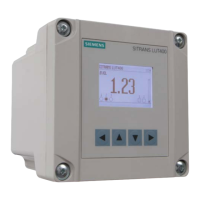
